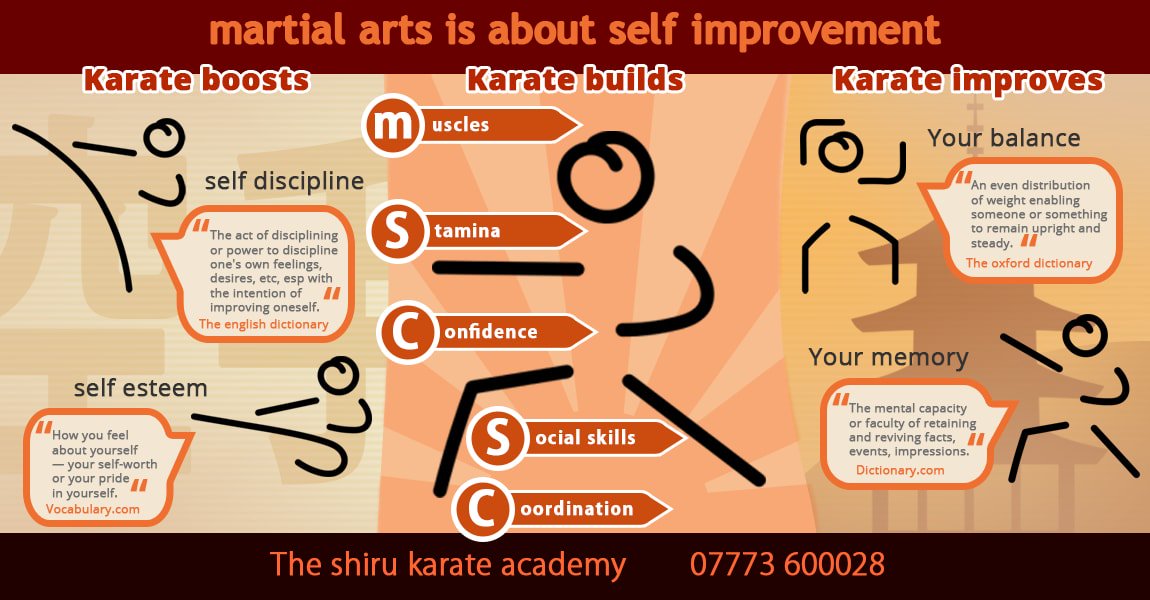Exploring The Rich Heritage And Spiritual Dimension Of Martial Arts: A Comprehensive Assessment
Exploring The Rich Heritage And Spiritual Dimension Of Martial Arts: A Comprehensive Assessment
Blog Article
Authored By-Ryberg Mcintyre
Enter the ancient world where martial arts were substantiated of necessity in diverse areas. Societies crafted special fighting designs linked with historic contexts. Strategies developed over centuries via dedicated method and social exchanges. Today, modern-day martial arts blend conventional aspects for optimal effectiveness. Philosophically, martial arts stress technique, self-improvement, and consistency. Regard, humbleness, and equilibrium are fundamental principles assisting professionals towards growth and strength. Discover the midsts of this abundant background and ideology to reveal the extensive impacts shaping this enduring discipline.
Origins of Fighting Style
Martial arts originated in numerous regions around the world, progressing as useful fight systems to resist dangers. These old battling designs were created out of necessity, with each culture crafting methods matched to their distinct settings and obstacles. From the grappling arts of Jujutsu in Japan to the striking strategies of Martial art in China, martial arts were deeply linked with the historic, social, and cultural fabric of their particular societies.
In Japan, the samurai course polished martial arts like Kenjutsu, the art of the sword, which later evolved into the more promoted kind of Kendo. On the other hand, in Brazil, Capoeira became a blend of dance and fight, produced by enslaved Africans as a way to stand up to fascism. Each martial art lugs with it an abundant background and approach, showing the worths and ideas of the people who exercised them.
As you delve into the beginnings of martial arts, you discover a tapestry of human resourcefulness, strength, and the stubborn spirit of warriors throughout time.
Development of Methods
With centuries of technique and improvement, combat methods within numerous martial arts have gone through an extensive advancement. From old designs like Kung Fu and Karate to extra contemporary self-controls such as Brazilian Jiu-Jitsu and Krav Maga, the evolution of strategies has been driven by a combination of cultural impacts, practical applications, and technical innovations.
One significant aspect of this advancement is the cross-pollination of strategies in between different martial arts. For instance, methods from typical Japanese Jiu-Jitsu were included right into the creation of Judo by Jigoro Kano in the late 19th century. This mixing of designs has actually caused the development of hybrid martial arts like Mixed Martial Arts (MMA), which integrate components of striking, grappling, and submission strategies.
Additionally, the advancement of techniques has been shaped by the increasing focus on performance and effectiveness in fight. Experts have continuously looked for to improve their strategies via extensive training, trial and error, and competition, causing the development of highly specialized and effective battling designs. Generally, the advancement of techniques in martial arts reflects the dynamic nature of fight and the continuous quest for improvement and technology.
Thoughtful Structures
Discovering the underlying thoughtful principles of martial arts provides understanding into their core worths and guiding beliefs. At the heart of numerous martial arts self-controls is the concept of discipline itself. By educating your mind and body to work as one cohesive device, you grow technique that prolongs beyond the dojo or health club right into day-to-day life. how to get kids interested in martial arts incorporates regard, humbleness, and self-constraint, forming not simply your physical abilities but also your personality.
One more basic philosophical foundation in martial arts is the idea of continual self-improvement. The trip of understanding a fighting style is endless, with experts constantly aiming to better themselves, both physically and emotionally. This focus on growth cultivates strength, willpower, and a development state of mind that can be put on all facets of life.
In addition, martial arts emphasize the significance of harmony and equilibrium. Strategies are developed to utilize a challenger's power versus them, highlighting the concept of yielding and rerouting pressure instead of fulfilling it head-on. This viewpoint extends to interpersonal partnerships, promoting tranquil resolutions and good understanding. By embracing these thoughtful structures, martial artists not only enhance their combat skills however also grow a way of living fixated individual development, regard, and consistency.
Conclusion
To conclude, the background and philosophy of martial arts use an abundant tapestry of practice, self-control, and self-improvement.
Take for instance the tale of Bruce Lee, that transformed martial arts by blending different designs and viewpoints to produce his own distinct type of Jeet Kune Do.
With see this page and technology, martial musicians continue to press limits and motivate others to reach their full potential both in fight and in life.
